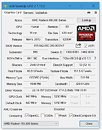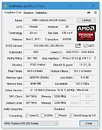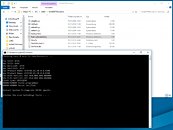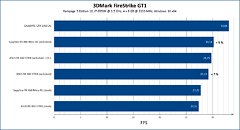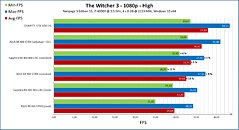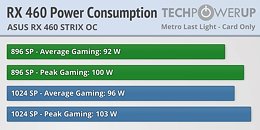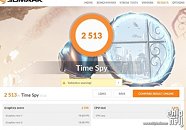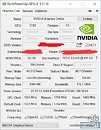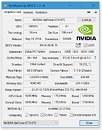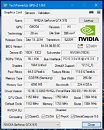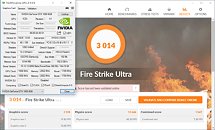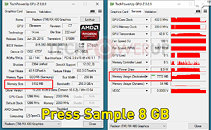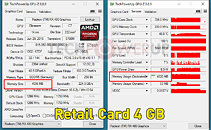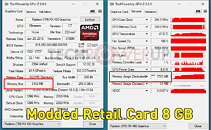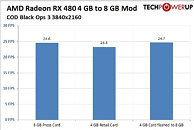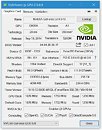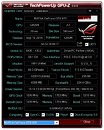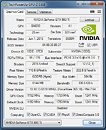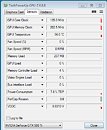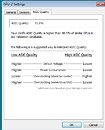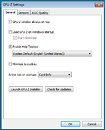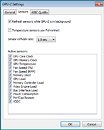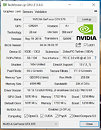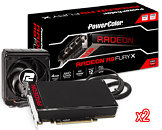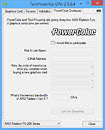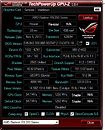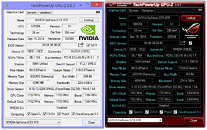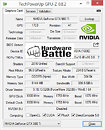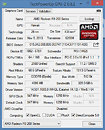TechPowerUp released the latest version of GPU-Z, the popular video hardware information and diagnostic utility. Version 0.8.2 brings with it a vast number of changes, support for new hardware, and bug-fixes. To begin with, the user-interface of GPU-Z received a major update, with the addition of a "Lookup" button that takes you to our GPU Database page corresponding to your GPU. The app can now tell you if your drivers are WHQL-signed. GPU manufacturer logos are updated.
Among the new hardware supported includes NVIDIA GeForce TITAN-X, GTX 980M, GTX 970M, GGTX 965M, GTX 845M, GTX 760 Ti OEM, GTX 660 (960 shaders), GT 705, GT 720, GT 745M, NVS 310, and Grid; AMD Radeon R9 255, FirePro W7100, HD 8370D, AMD R9 M280X, and R9 M295X; and Intel "Broadwell" integrated graphics. Specifications are revised for GeForce GTX 970.
A large number of bugs were fixed, and overall usability improved, including notably GPU-Z now supports Windows 10. We implemented a new working way of extracting BIOS from NVIDIA GPUs on systems with WIndows 8 and higher, to avoid a system hang. A large number of bugs were fixed, and overall usability of the app improved, as detailed in the change-log.
DOWNLOAD: TechPowerUp GPU-Z 0.8.2 |
GPU-Z 0.8.2 ASUS ROG-themed
The Change-log follows.


